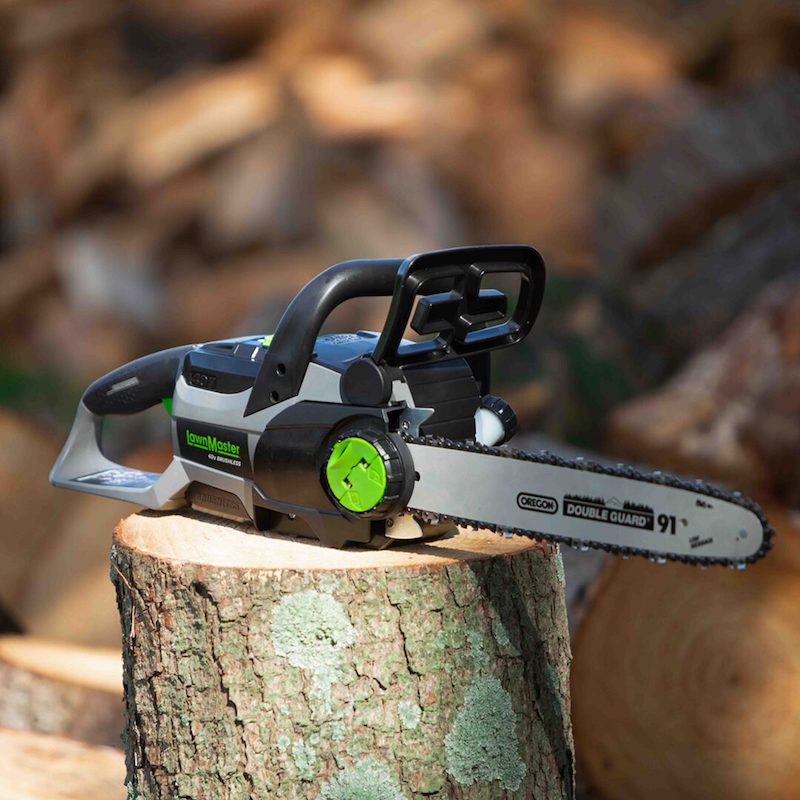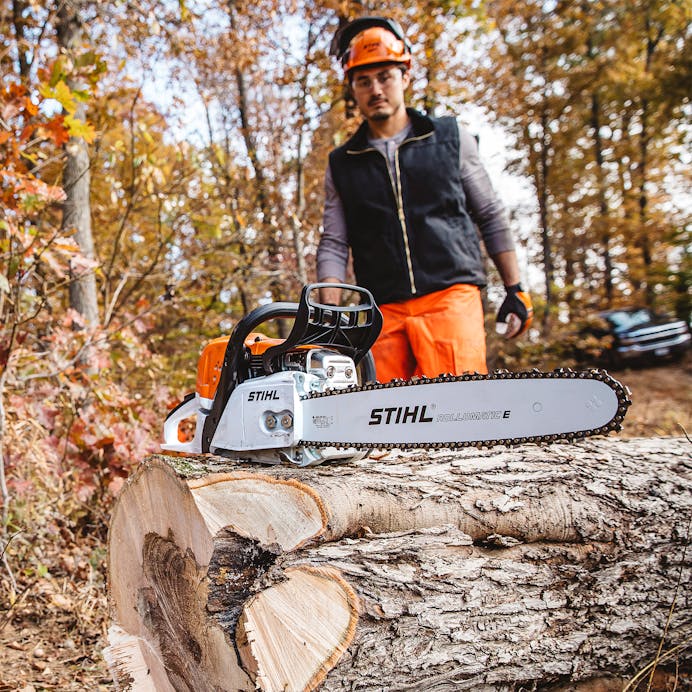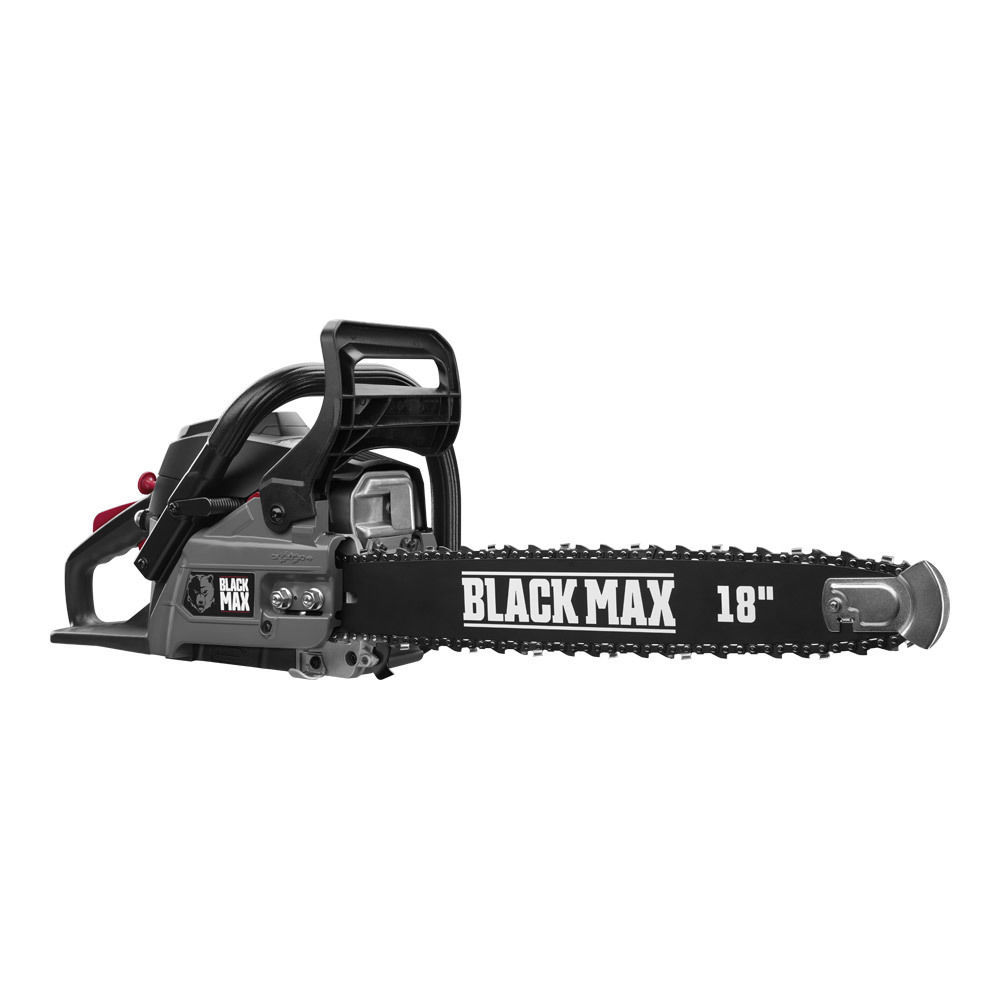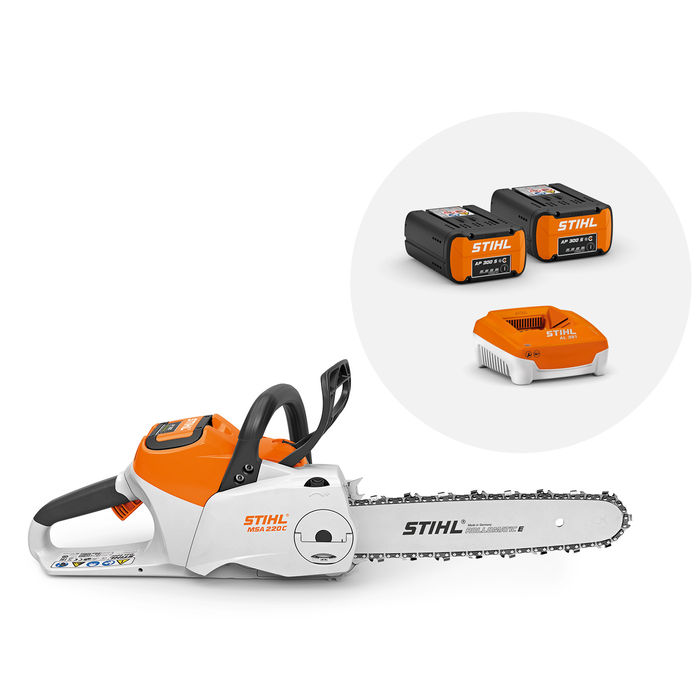
The Surprising Origins of Chainsaws: A Medical Marvel
The Birth of the Chainsaw in Childbirth Assistance
Why was chainsaws invented?
Why was chainsaws invented? The invention of the chainsaw is a tale that begins, not in forestry, but in the realm of medicine. Its roots stem from the lifesaving need to assist in childbirth. In the mid-18th century, doctors faced life-threatening labor complications with limited options. A tool was desperately needed to aid in these emergency situations.
The surprising solution was the chainsaw, originally designed by Scottish doctors John Aitken and James Jeffray. Unlike today’s robust, fuel-powered machines, this early version was a hand-operated instrument meant for delicate medical procedures, namely symphysiotomies. The procedure involved widening the pubic symphysis to facilitate childbirth when complications arose.
This initial chainsaw was a groundbreaking medical tool that employed a fine-toothed chain capable of cutting through bone much more efficiently than the knives or saws previously used. However, it is important to clarify that despite the name and mechanistic similarities, these early chainsaws were distinctly different from the woodcutting tools we’re familiar with today.
Why was chainsaws invented? While the invention was indeed used to aid in difficult deliveries, it was also a forbearer for a host of other medical instruments. The teethed chain concept, first introduced in the medical field, would eventually evolve, inspiring the devices that would carve a path through dense forests. Thus, the chainsaw’s creation was not only a pivotal moment in medical history but also inadvertently laid the foundations for modern-day forestry equipment.
Despite its historical significance, the chainsaw’s connection to childbirth is often a detail lost in time, overshadowed by its prominent role in the timber industry. Yet, without this medical origin, the development of the chainsaw might have taken a very different course.
Symphysiotomy: The Precursor to Chainsaw Development
The journey of the chainsaw began with a procedure called symphysiotomy. This medical method was crucial in the 18th century. It helped women in difficult childbirth. Doctors needed a way to widen the pelvic passage. This was lifesaving for both mother and child.
French doctor Jean-René Sigault introduced symphysiotomy in 1777. It involved separating the pelvic joint. This created more space for childbirth. But, the procedure was risky and painful.
Scottish inventors, John Aitken and James Jeffray, saw a need for a better tool. In 1785, they designed the first chainsaw for medical use. The tool was hand-operated and precise. It aided in the symphysiotomy by cutting the bone efficiently.
The invention was not the same as modern chainsaws. It was much smaller and had a different use. But it was the start of something bigger. The design showed how a chain could cut with accuracy and speed.
The early chainsaw evolved with time. It paved the way for more developed tools. It eventually reached the field of surgery. Later, it would inspire the powerful chainsaws used in forestry today.
In the development of medical equipment, the chainsaw was a leap forward. It illustrates how inventiveness can cross fields, from medicine to industry. The symphysiotomy procedure may have fallen out of favor. But its chainsaw legacy lives on in many areas of modern technology.
The Journey from Aitken’s Flexible Chainsaw to Heine’s Osteotome
Following Aitken and Jeffray’s invention, the chainsaw found a new form. Bernhard Heine, a German surgeon, saw potential for improvement. In 1830, he created the osteotome. The osteotome was hand-cranked. It was precise. It resembled the modern chainsaw, but for medical use.
The osteotome’s teeth cut through bone with ease and speed. It made surgeries quicker. Patients faced less trauma. It was a giant leap in medical tools. Heine’s invention showed innovation. It had a fine, toothed chain. More surgeries could be completed with less harm to patients.
Heine’s chainsaw, the osteotome, was costly. It needed a skilled hand. Heine himself was among the few who could use it well. Yet, it set a benchmark for surgical instruments. The osteotome was used for delicate surgeries. It was also used in other bone surgery. Heine’s work paved the way for the chainsaws we recognize today.
From Aitken’s concept to Heine’s innovation, the medical chainsaw evolved. It became crucial in surgery and later in industry. The osteotome was a strong link between medicine and forestry. The invention’s legacy lived on beyond its original purpose.
The Evolution and Adaptation: Chainsaws in Surgery
As medical needs grew, so did the chainsaw’s role in surgery. Doctors saw the chainsaw’s potential beyond childbirth. It began to revolutionize surgeries involving bone cutting. The precision of the chainsaw reduced patient suffering and offered quicker recovery times. Heine’s osteotome opened new doors for orthopedic procedures. Surgeons could now access and remove small pieces of bone. This reduced damage to surrounding tissues.
Early chainsaws played a critical role in surgeries before modern anesthesia and antibiotics. They allowed for speedier operations, which was vital. Quickness reduced the risk of infections and other complications. Over time, the design of medical chainsaws improved. They became more robust and versatile.
Despite its surgical success, the chainsaw was expensive and required skill. Only a few surgeons, like Heine, mastered the intricate device. Still, the chainsaw’s adaptation in surgery was a milestone. It showed the impact of technological advancements on medicine.
Bernhard Heine’s osteotome remains a testament to innovation. It bridged a gap between traditional tools and modern surgical instruments. The chainsaw’s evolution in surgery demonstrates intent. It aimed to reduce suffering and save lives.
From Obstetrics to Orthopedics: The Medical Applications of Chainsaws
Why was chainsaws invented? The early chainsaw was not just for childbirth. It later became a vital tool for orthopedic surgeries. The design was simple yet effective. Chainsaws could cut through bone with speed and accuracy. This saved patients from excessive trauma during surgery.
German surgeon Bernhard Heine improved the chainsaw for orthopedics in 1830. He created the osteotome, a hand-cranked chainsaw. It was precise and efficient. The teeth on the chain moved quickly through bone. This reduced the time surgeries took.
The osteotome changed how orthopedic surgeries were done. It allowed for careful removal of bone. This was important where precision mattered. The chainsaw could now help with various bone surgeries. It showed how medical tools could evolve and serve more purposes.
Even though they were great, these medical chainsaws were expensive. They needed a surgeon with good skills to use them. Not many doctors could master them like Heine did. Still, the tool’s value in medical procedures was clear. It reduced harm to patients and helped save lives. The medical chainsaw was a big step in surgical progress.
Orthopedic surgeries still benefit from the technology’s origins today. While methods have advanced, the concept remains. A chainsaw’s ability to cut precisely made a big impact. We owe a lot to these medical origins for our current surgical tools.
The Modern Chainsaw: Transition to Timber
The chainsaw’s journey from medical origins to the timber industry is fascinating. The saw’s evolution began with aiding in childbirth and bone surgeries. Gradually, it became a tool for cutting timber. This transition occurred when inventors saw the potential of the chainsaw’s design for woodcutting.
It was in the early 20th century that the chainsaw started being adapted for forestry. The power, speed, and precision needed for medical bones were ideal for cutting trees. Early versions were large and required multiple people. But the basic concept—using a chain with sharp teeth to cut quickly—remained the same.
The invention of the electric chainsaw by Andreas Stihl changed the game. Stihl’s 1926 patent introduced tools that made timber cutting easier. His electric and gas-powered models still required two people, but they were more efficient. It was only several decades later that chainsaws became light enough for one person to handle. This shift made the tools even more accessible and changed forestry work forever.
Today, the chainsaw is a key tool for timber cutting. Its medical history is often unknown, but it’s important. This history shows how tools can shift from one industry to another. It’s a testament to human ingenuity and adaptability.
Andreas Stihl: Revolutionizing the Chainsaw for Forestry
Andreas Stihl shaped chainsaw history. In 1926, he invented the first electric chainsaw. It was a big change. Stihl then created a gas-powered model. Both chainsaws needed two people to operate them.
His inventions made woodcutting more efficient. Forestry work had a new tool. This innovation led to more changes. Chainsaws evolved. They became lighter and easier to use. By the 1950s, one person could handle a chainsaw.
The modern chainsaw was born. It was far from its medical roots. Stihl’s work was crucial. It turned a medical tool into a forestry essential. Today, Stihl is a big name in chainsaw manufacturing.
Thanks to Stihl, chainsaws are now better. They are important for timber cutting. This shift shows creative thinking. A device for childbirth became key for forestry. It demonstrates how inventions change over time. And how they find new roles in different industries.
Chainsaws Today: Beyond their Medical Beginnings
Why was chainsaws invented?
Why was chainsaws invented? The chainsaw has come a long way since its medical start. Today, chainsaws are known for cutting wood, not aiding births or surgeries. They’re used in gardens, forests, and for various construction tasks. Precision and power are still key traits, as in the past. Yet, they’re now built for safety and ease of use, too.
We see chainsaws in many shapes and sizes. From small, electric models for home use to large, gas-powered saws for forestry. They work faster and safer than ever before. Why was chainsaws invented? Innovative features have been added. These include anti-vibration systems and automatic chain oilers.
Chainsaws today also have a focus on the environment. Manufacturers aim to reduce emissions and noise levels. Electric and battery-operated saws are becoming more popular. They’re quieter and cleaner. Such advances show how the chainsaw keeps evolving. It adapts to new needs and standards.
The journey from medical tool to timber powerhouse is unique. It shows how inventions can move across different fields. It also highlights the importance of adapting tools for new needs. History reminds us how diversity in application can stem from simple origins. Chainsaws have grown beyond their initial purpose, carving out a lasting legacy in modern industry.


